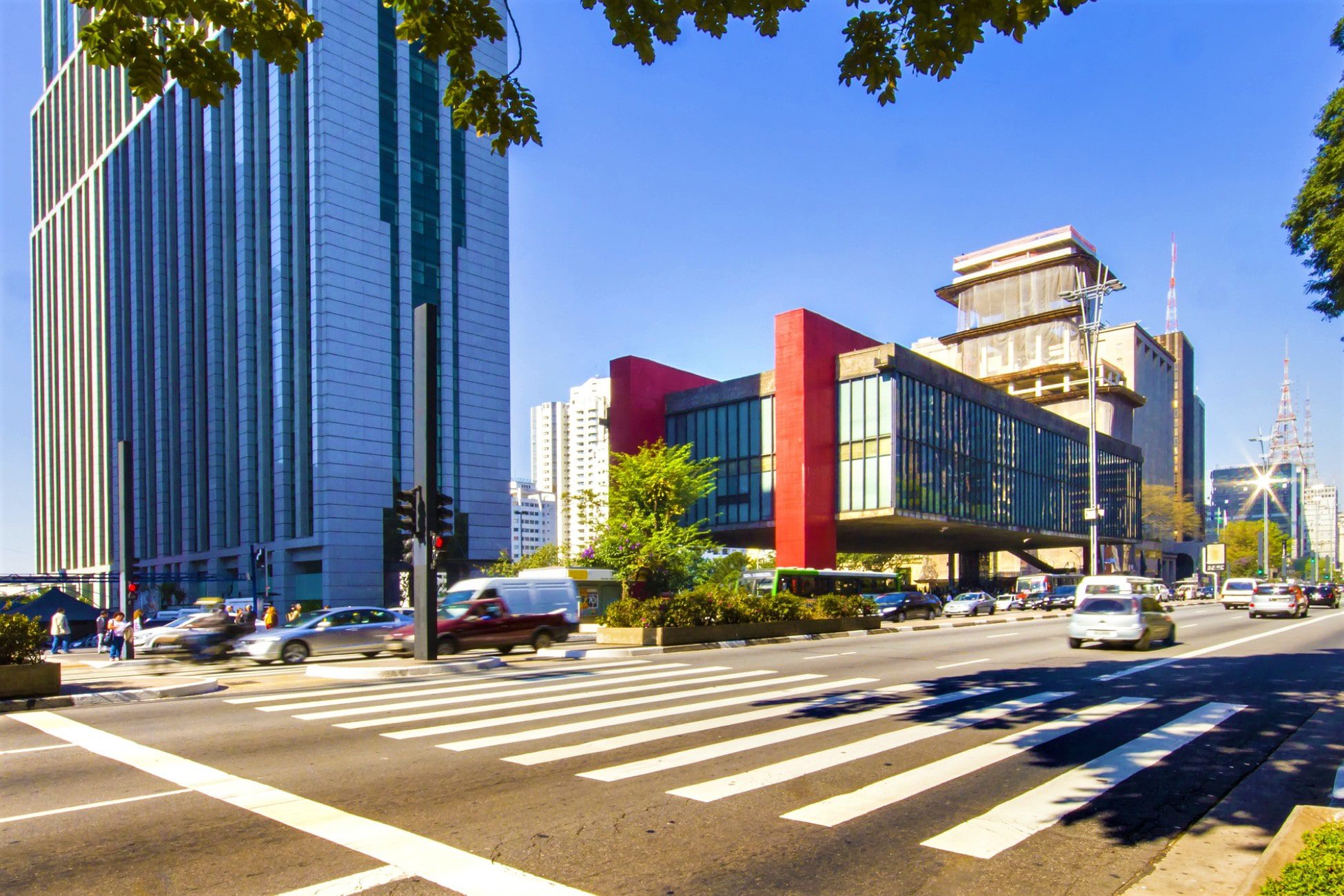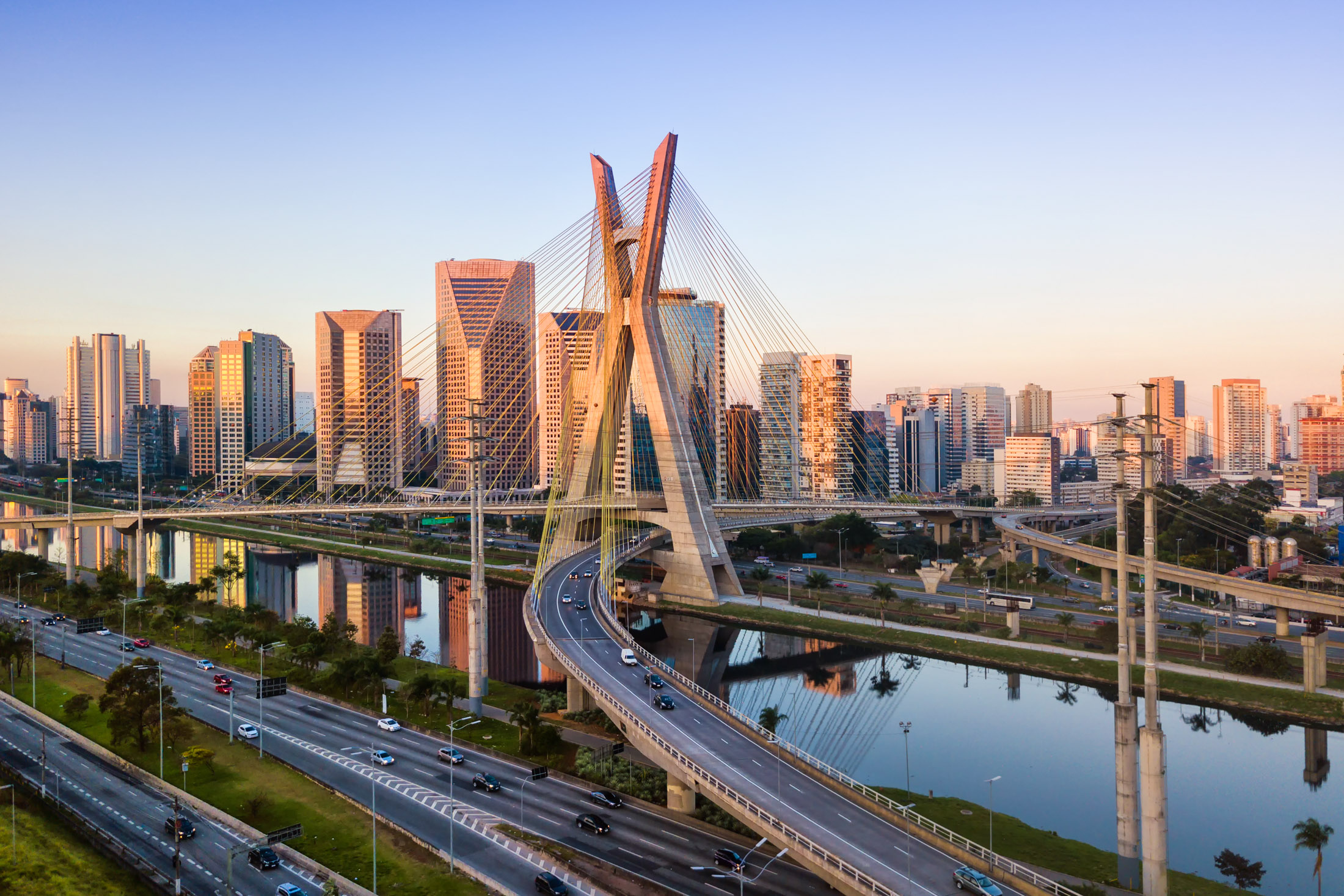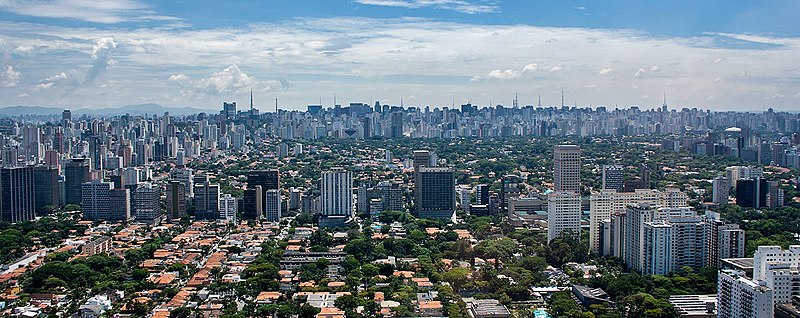São Paulo, the largest city in Brazil and the Southern Hemisphere, is a dynamic metropolis known for its cultural diversity, economic significance, and relentless pace. With a population exceeding 12 million in the city proper and around 22 million in its metropolitan area, São Paulo stands as a testament to urban vibrancy and resilience. This article explores the multifaceted nature of São Paulo, delving into its history, cultural landscape, economic prowess, and the challenges it faces as it continues to grow and evolve.
Historical Overview São Paulo

São Paulo was founded on January 25, 1554, by Jesuit missionaries José de Anchieta and Manuel da Nóbrega, who established a mission to convert the indigenous population to Christianity. The city’s name is derived from Saint Paul, the apostle, as it was founded on his feast day. Initially a small village, São Paulo remained relatively insignificant until the 19th century, when the coffee boom transformed it into a major economic hub.
The advent of coffee cultivation in the interior of São Paulo state brought wealth and development, leading to the construction of railways and infrastructure that connected the city to the port of Santos. This period of economic prosperity attracted immigrants from Italy, Japan, Lebanon, and other countries, contributing to the city’s diverse cultural fabric.
Economic Powerhouse
Today, São Paulo is the economic engine of Brazil, contributing significantly to the country’s GDP. The city is home to the B3 (Brasil Bolsa Balcão), one of the largest stock exchanges in the world, and serves as the headquarters for numerous multinational corporations and financial institutions. São Paulo’s economy is highly diversified, with key sectors including finance, commerce, technology, manufacturing, and services.
The city’s economic prowess is reflected in its bustling business districts, such as Avenida Paulista and Faria Lima, where skyscrapers house major companies and financial institutions. The presence of these global players underscores São Paulo’s role as a critical hub for business and innovation in Latin America.
Cultural Melting Pot
One of São Paulo’s most distinctive features is its cultural diversity. The city has been shaped by waves of immigration, resulting in a rich tapestry of cultures, languages, and traditions. This multiculturalism is evident in various aspects of city life, from cuisine to festivals and arts.
The Italian influence is particularly strong, with the Bixiga neighborhood being a testament to this heritage. Known for its Italian restaurants and bakeries, Bixiga is also home to the annual Festa de Nossa Senhora Achiropita, a celebration that attracts thousands of visitors. Similarly, the Liberdade district is the heart of the Japanese community, offering a vibrant array of sushi bars, markets, and cultural events.
São Paulo’s cultural scene is further enriched by its numerous museums, theaters, and galleries. The São Paulo Museum of Art (MASP), renowned for its collection of Western art, and the Museum of the Portuguese Language, dedicated to the evolution of the Portuguese language, are just two examples of the city’s cultural institutions. The city’s theaters, such as Theatro Municipal and Teatro Renault, host a wide range of performances, from classical music and opera to contemporary plays and musicals.
Culinary Capital

São Paulo is often hailed as the culinary capital of Brazil, boasting an impressive array of dining options that reflect its cultural diversity. From traditional Brazilian fare to international cuisine, the city’s food scene caters to all tastes and budgets. The Mercado Municipal, a historic market, is a must-visit for food enthusiasts, offering a variety of local produce, meats, cheeses, and the famous mortadella sandwich.
The city is also home to several Michelin-starred restaurants, such as D.O.M., led by chef Alex Atala, who is known for his innovative approach to Brazilian ingredients. Other notable establishments include Maní, where chef Helena Rizzo combines modern techniques with traditional flavors, and A Casa do Porco, celebrated for its creative pork dishes.
Street food is another integral part of São Paulo’s culinary landscape. From pastéis (deep-fried pastries) and coxinhas (chicken croquettes) to acarajé (black-eyed pea fritters) and churrasquinhos (grilled meat skewers), the city’s streets offer a delectable array of snacks that reflect its diverse cultural influences.
Urban Challenges
As a sprawling metropolis, São Paulo faces several urban challenges that impact the quality of life for its residents. Traffic congestion is a major issue, with millions of vehicles on the roads leading to frequent gridlocks and long commutes. The city’s public transportation system, while extensive, struggles to keep pace with the growing population and demands for efficiency and reliability.
Housing is another significant challenge. The rapid urbanization and influx of people seeking opportunities have led to the proliferation of informal settlements, or favelas, where living conditions are often precarious. Addressing housing inequality and providing adequate infrastructure and services to these areas remain critical issues for city planners and policymakers.
Environmental concerns also loom large. São Paulo’s rapid growth has put togelon pressure on its natural resources, leading to problems such as deforestation, air pollution, and water scarcity. The city has faced severe droughts in recent years, underscoring the need for sustainable water management practices and conservation efforts.
Innovation and Future Prospects

Despite these challenges, São Paulo continues to innovate and adapt, striving to maintain its status as a leading global city. The city’s commitment to innovation is evident in initiatives such as the São Paulo Tech Week, which showcases the latest advancements in technology and fosters collaboration between startups, investors, and industry leaders.
Efforts to improve urban mobility are also underway, with investments in public transportation infrastructure, including the expansion of the metro system and the introduction of dedicated bus lanes. Additionally, the city has embraced sustainable practices, promoting green building standards and renewable energy projects to reduce its environmental footprint.
Cultural and social initiatives further enhance São Paulo’s vibrancy. The city hosts numerous festivals and events throughout the year, celebrating everything from literature and music to cinema and fashion. These events not only enrich the cultural landscape but also stimulate the local economy and foster a sense of community.
Conclusion São Paulo
São Paulo stands as a testament to the resilience and dynamism of urban life. Its rich history, cultural diversity, and economic significance make it a city of endless possibilities and challenges. As it continues to grow and evolve, São Paulo remains a vital and pulsating heart of Brazil, embodying the spirit of innovation, diversity, and progress. Whether through its thriving business sectors, vibrant cultural scene, or ongoing efforts to address urban challenges, São Paulo continues to inspire and captivate, proving that it is indeed a city like no other.
Read More Article About “The Whirlwind: Dive the Power and Mystique of Nature’s Fury“
